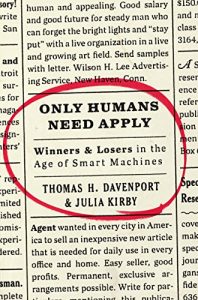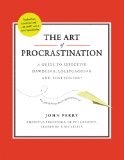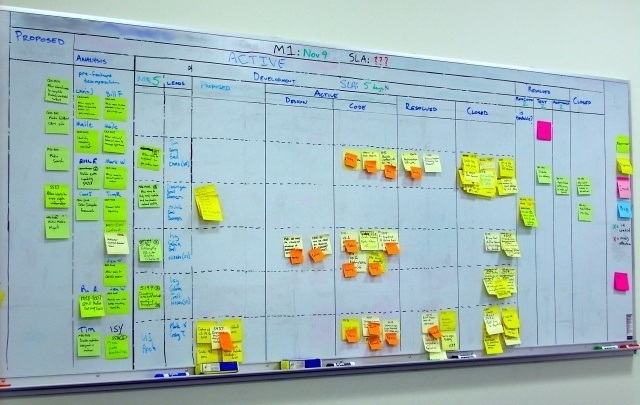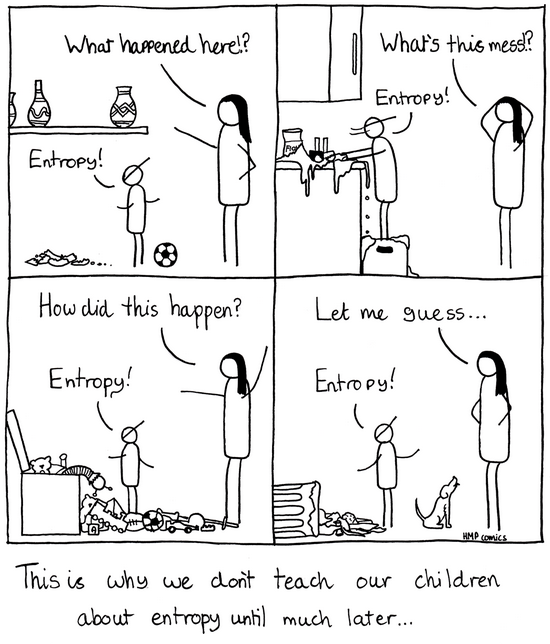 Context switching is expensive yet inevitable in our multi-tasking world. If you are a knowledge worker, lowering the costs of context switching may be one of the highest payoff investments you can make. How should we go about thinking about the problem of context switching to reduce those costs?
Context switching is expensive yet inevitable in our multi-tasking world. If you are a knowledge worker, lowering the costs of context switching may be one of the highest payoff investments you can make. How should we go about thinking about the problem of context switching to reduce those costs?
Switching contexts vs. switching tasks
A context switch is bigger than a task switch. Moving from answering one email to answering another is a task switch within a single context. Switching between answering email and drafting a client presentation or facilitating a planning meeting constitutes a context switch. Basic productivity advice encourages you to group like tasks precisely to avoid unnecessary context switches.
How can we organize our mental models, intellectual scaffolding, and the supporting environment to shorten the time it takes to shift gears from one context to the next? How do we reduce the time and effort it takes to get back in the zone and focus effectively on the task at hand?
It’s helpful to break the context switch process into three stages. For any one context there is a setup stage of getting all the elements for performing one class of tasks up and running. Second, when switching from one context to another, there is a teardown stage of clearing out all the elements of the first context to make room for the next. Finally, it helps to think of the space between two contexts as a third stage where we can do things to simplify and streamline the switch from Context A to Context B.
The first step is to make a particular context as standard, distinctive and evocative as possible. We want to setup a context to trigger the mental state we want to achieve. This is why writers often have a separate space dedicated to writing tasks. Research materials on the left, reference books on the shelf to the right, coffee mug in its familiar place and word processor open to where you left off the last time. Identify all the cues that evoke the mental state you seek and arrange them in their proper place. Other examples of physical contexts that prepare you mentally for the work at hand include a cook’s kitchen or a craft-person’s workshop.
Setting up a digital context
Increasingly, our contexts are largely or exclusively digital. Taking some cues from physical contexts we can call to mind, we might think of setting up our computer for a writing or a programming session in terms of opening a collection of applications and documents arrayed across our monitor(s) in exactly the same way every time we write or code. Few of us put that much thought into this setup process, but cognitive science suggests that we have something to gain if we do.
If you are a programmer, this is part of the logic behind encouraging the use of Integrated Development Environments (IDE); all of the tools and data you need for a coding session are available at once and each is in the same location on your physical screen. Over time, this means that the pattern of screens, data, and tools in front of your eyes maps directly to a comparable array in your mind’s eye. Using the physical patterns to evoke and trigger the mental patterns speeds your transition into programming mode.
By way of contrast, consider how else you might begin to work on a programming task. First, you open your favorite text editor, close whatever document might be left over from the last programming session, open today’s code module and begin to read. Launch a test machine and run the code until the code encounters an error. Then, load a debugger to examine the errant code. Then, open a document containing the program spec. Possibly, fire up a browser—or switch to a browser that is already open and pointing to a random site; search for a discussion thread relevant to the error code you are looking at.
Which scenario feels likely to be more productive and effective? Which is more common in your experience?
Breaking down a context
Whether analog or digital, switching from one context to another starts, ideally, by wiping the slate clean. In the analog world, leaving a context behind can be as simple as leaving a room and closing the door.
The digital world is a bit trickier. Leaving random elements of the preceding context cluttering the landscape means your mental landscape starts out comparably cluttered. Better to break down a digital context by closing all open documents and shutting down open applications.
The space between contexts
Switching contexts in the analog world might entail a short walk from an office to a conference room. Although brief, that physical transition serves an important function of easing the necessary shift of mental gears.
Shifting digital contexts can occur more or less instantly with a handful of keystrokes; that may not be a good idea. You want to give your mind time to complete its shift as well. This is one of the benefits of the Pomodoro technique, which deliberately builds in breaks between mental sprints. The breaks are the ideal spot to locate context shifts in your work.
There are some other things you can do to ease shifting from one digital context to another. For example, to the extent you can control it, order context switches such that adjacent contexts are as distinct as possible. For example, switch from working on a spreadsheet analysis to writing a report rather than switch between two reports. Better yet switch between writing a report and debugging computer code if your collection of tasks is sufficiently broad.
Make different contexts as visually distinct as possible to engage more of the senses in making the switch. If you are using the Pomodoro technique, contemplate clearing your monitors to some standard, neutral display as a resting step between adjacent contexts
Context switching and team work
We’ve been focused on context switching as an individual cognitive task. Most of us do large portions of our work in team settings. How does context switching apply to team environments? On the one hand, moving between teams and team venues probably provides more than sufficient triggers to switch smoothly. On the other hand, the proliferation of virtual teams and the all too common experience of days of one conference call after another may be making the context switching problem worse. Can we extend our thinking about context switching to the team and virtual team level or is that simply a bridge too far?
 “Don’t come to me with a problem, unless you also have a solution.” I got a version of that advice early in my career and I’ve dispensed it as well. It’s become bad advice.
“Don’t come to me with a problem, unless you also have a solution.” I got a version of that advice early in my career and I’ve dispensed it as well. It’s become bad advice.





